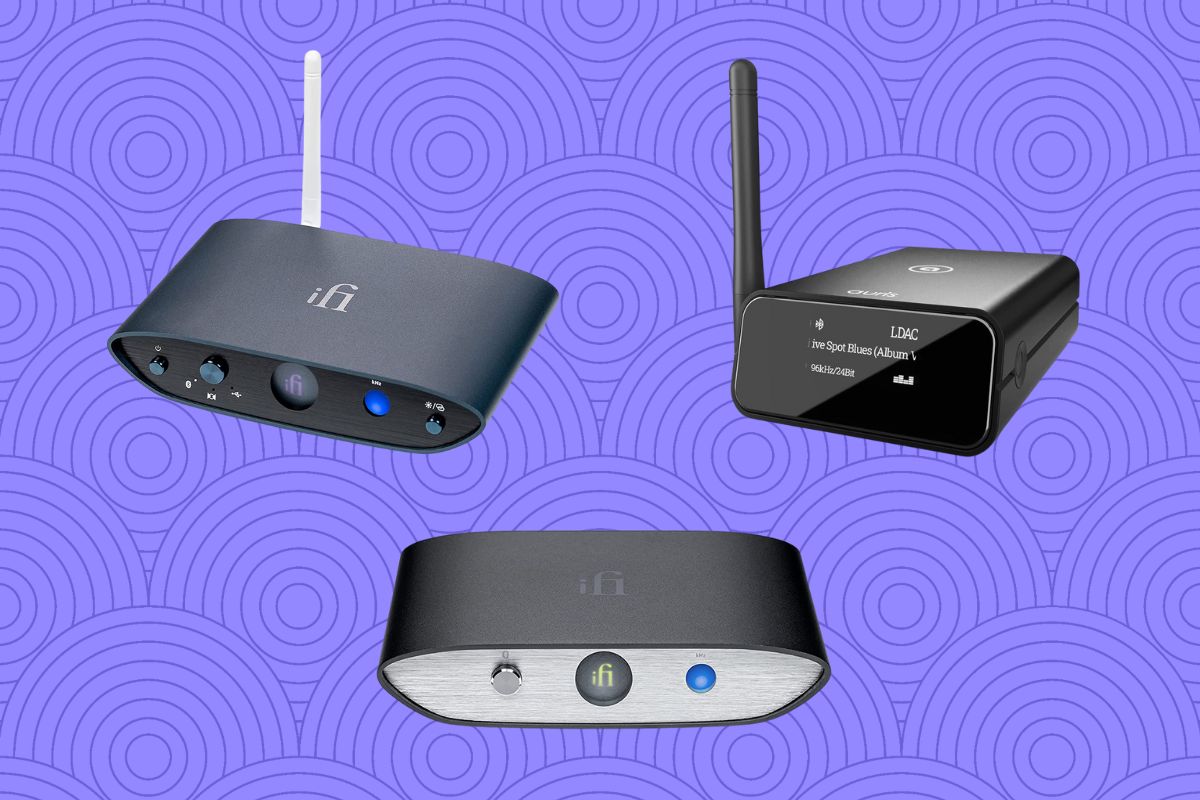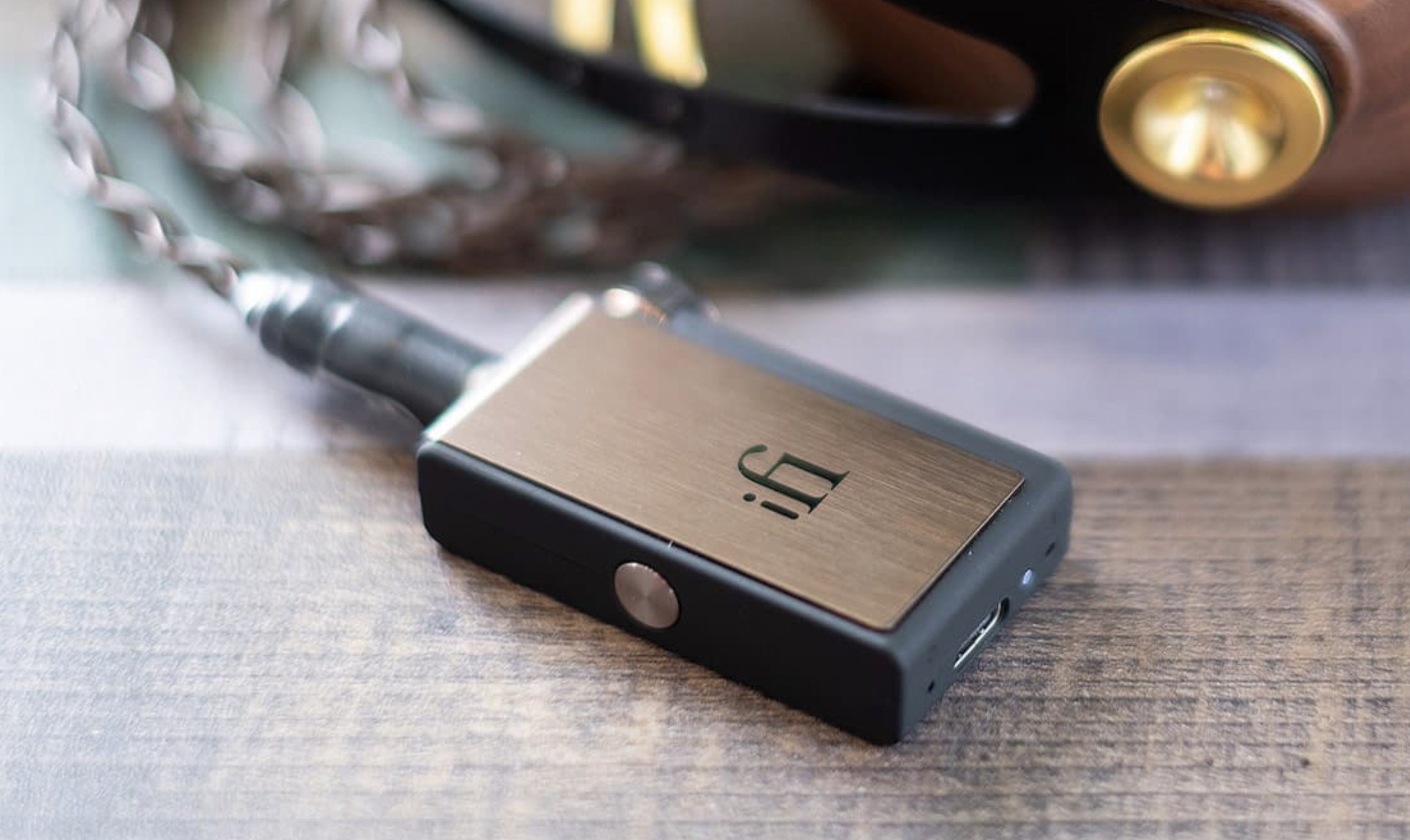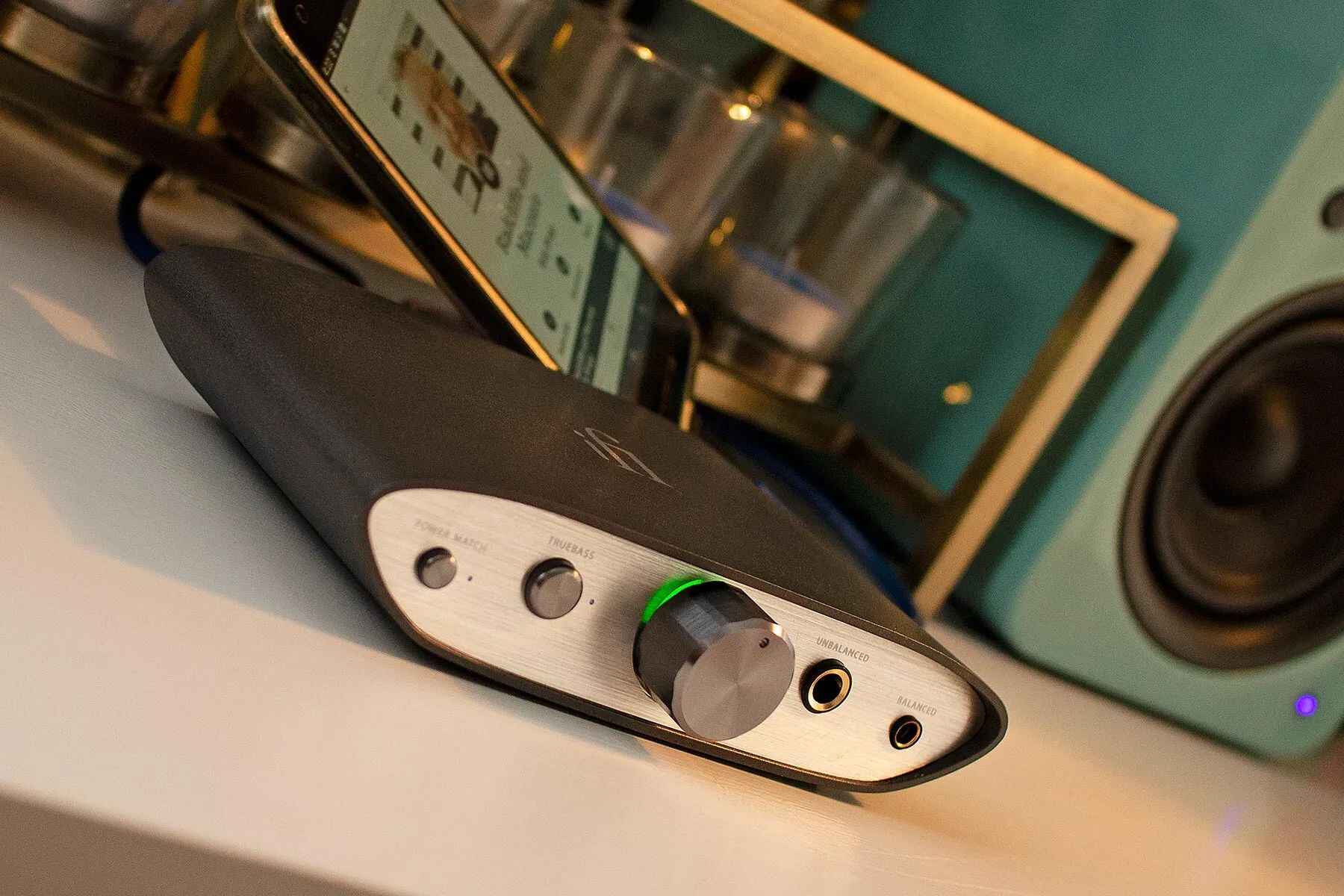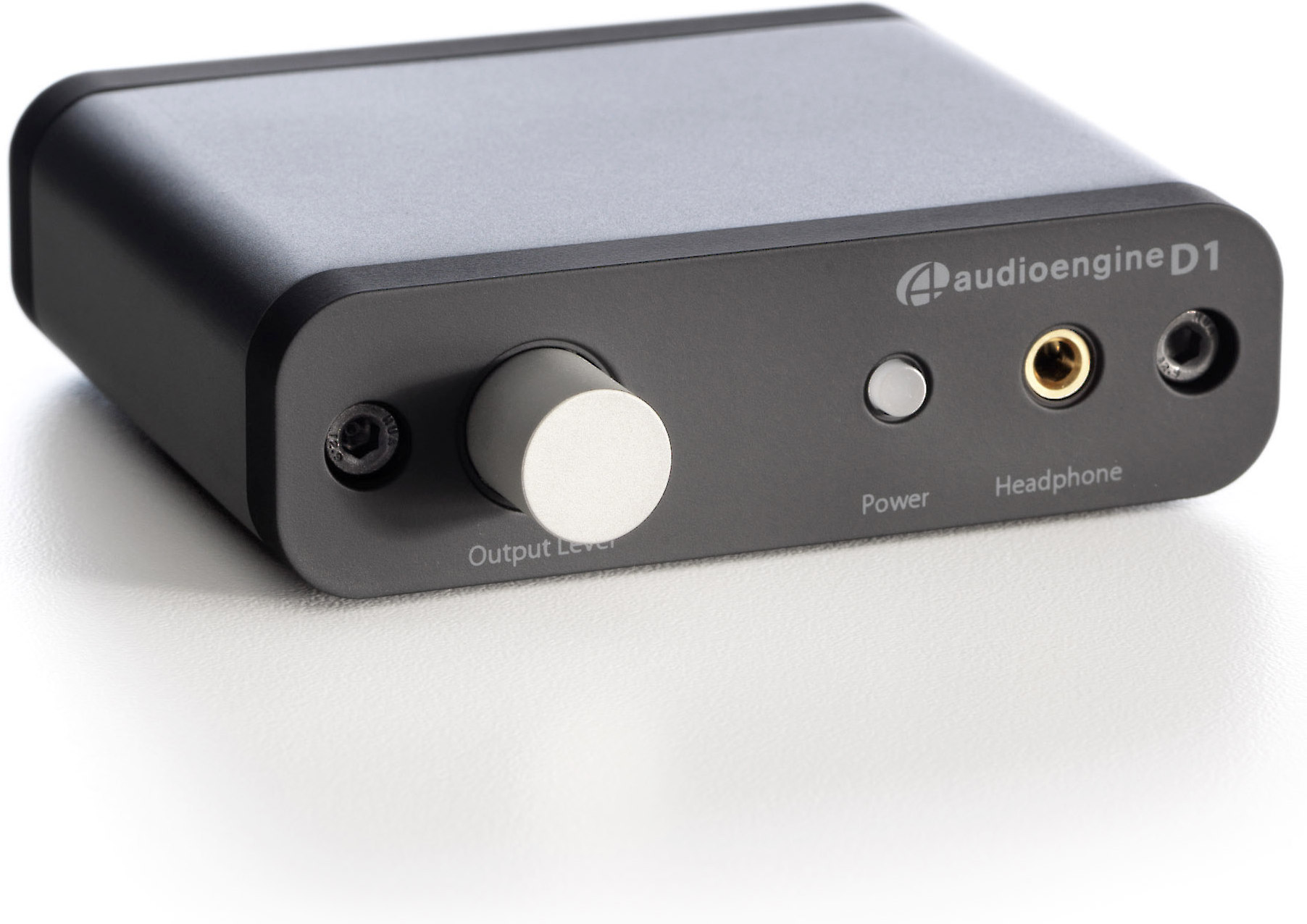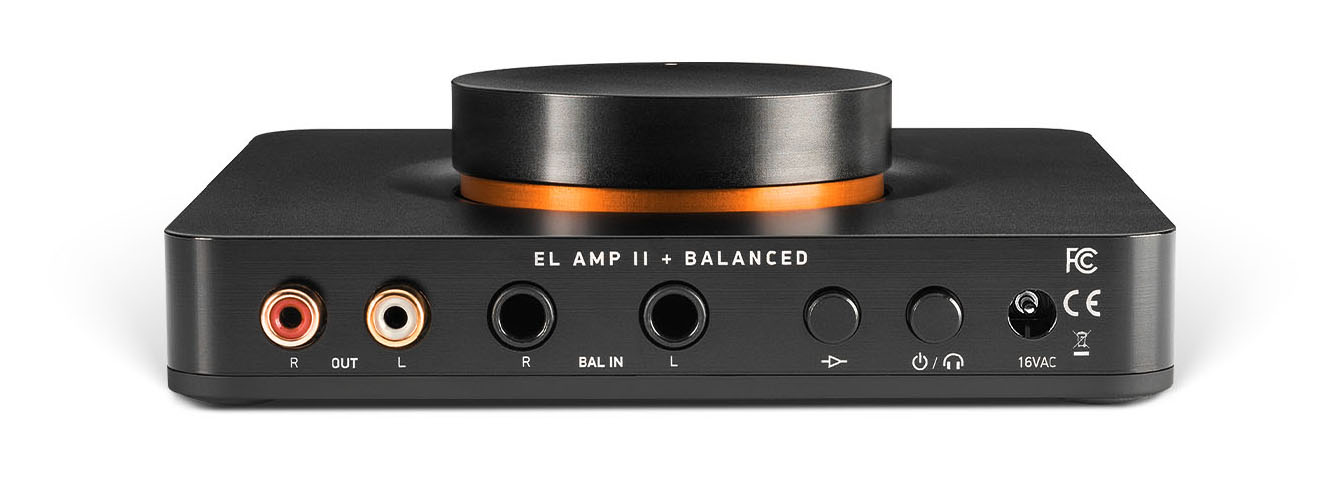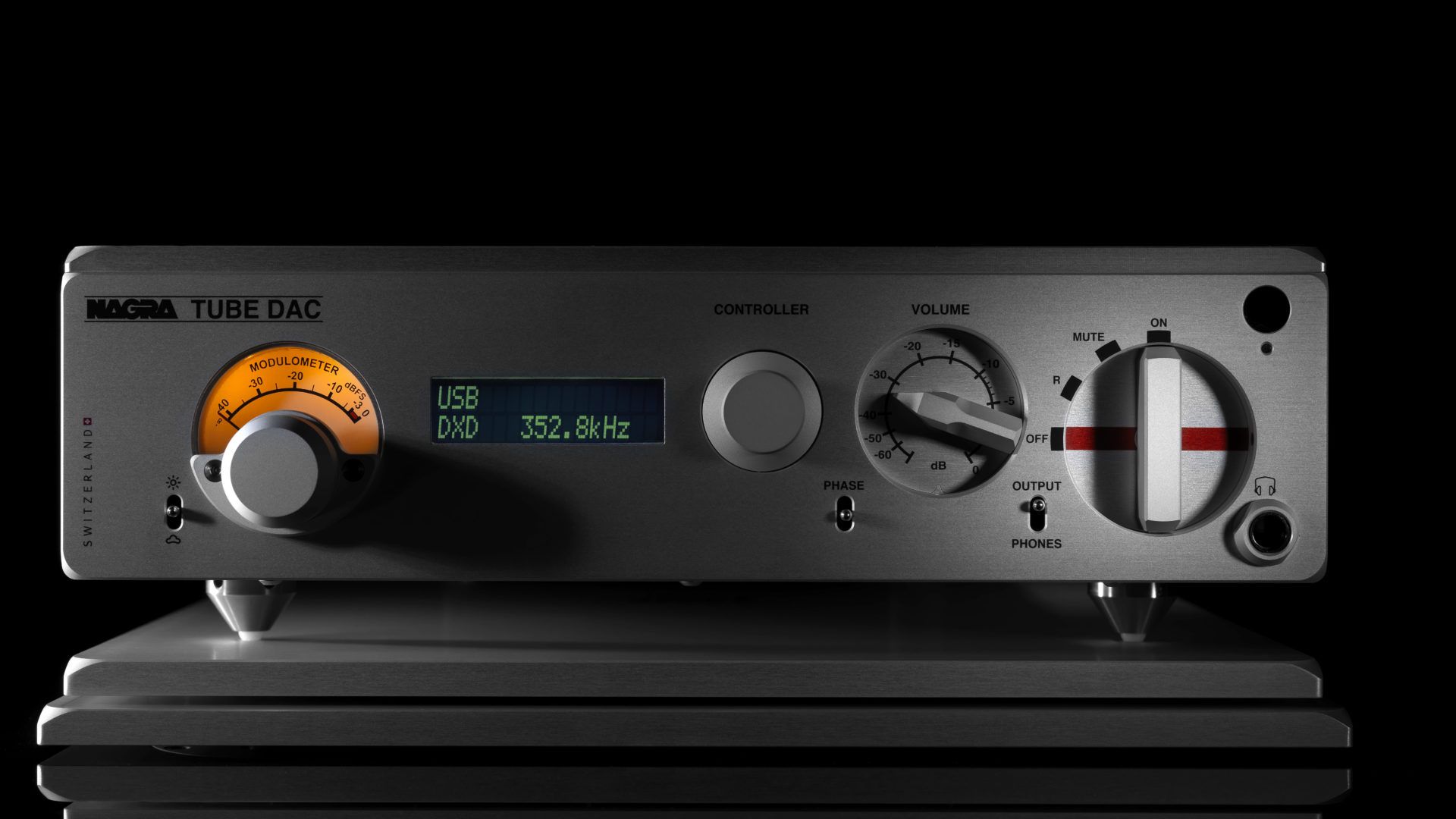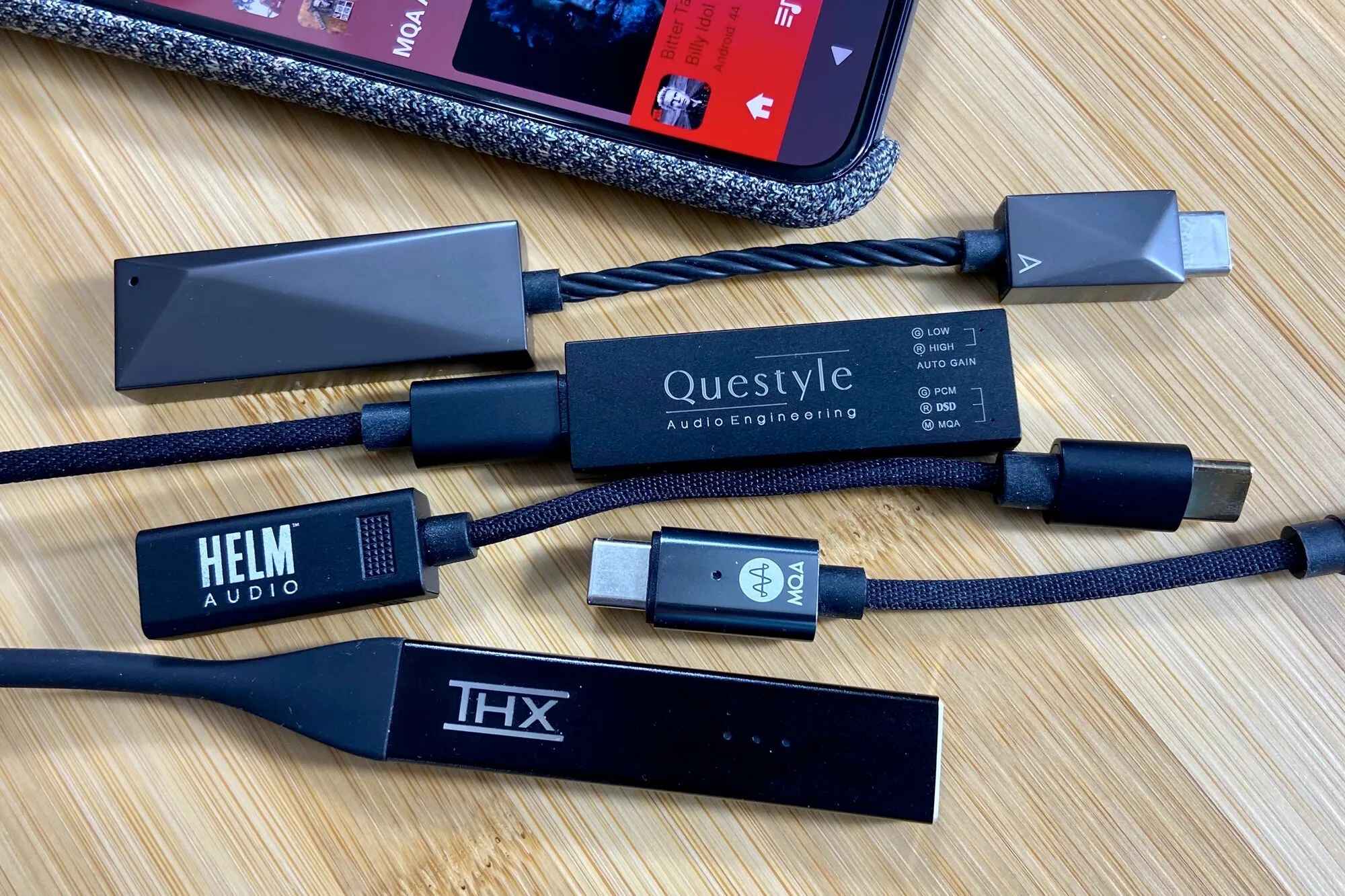Introduction
In the world of audio enthusiasts, the quest for enhanced sound quality is a never-ending journey. From audiophiles to casual music lovers, the pursuit of superior audio experiences drives the exploration of various technologies and setups. One such endeavor involves the integration of digital-to-analog converters (DACs) with audio receivers, a combination that promises to elevate the listening experience to new heights.
The marriage of DACs and receivers represents a convergence of digital and analog audio technologies, aiming to bridge the gap between digital audio sources and traditional analog sound systems. This integration opens up a realm of possibilities for audio enthusiasts, offering the potential to unlock the full sonic potential of their music and multimedia content.
As we delve into the intricacies of connecting DACs to receivers, it's important to understand the fundamental roles of these components and the benefits they bring to the table. By shedding light on the technical aspects and practical implications of this integration, we can gain a deeper appreciation for the impact it has on audio fidelity and overall listening pleasure.
In the following sections, we will explore the inner workings of DACs and receivers, uncover the nuances of connecting these devices, and uncover the myriad benefits that arise from this audio integration. Whether you're a seasoned audiophile seeking the ultimate sonic experience or a casual listener looking to enhance your audio setup, the insights shared in this article will illuminate the path toward achieving remarkable sound quality through the seamless integration of DACs with receivers.
Understanding DACs and Receivers
Digital-to-Analog Converters (DACs) play a pivotal role in the realm of audio playback, serving as the bridge between digital audio sources and analog sound systems. In essence, DACs are responsible for converting digital audio signals into analog waveforms that can be amplified and reproduced as sound through speakers or headphones. This process is crucial because most audio content, whether it's music, movies, or streaming media, is stored and transmitted in digital formats, such as MP3, FLAC, or streaming services like Spotify and Apple Music.
DACs come in various forms, ranging from standalone units to integrated chips within audio devices. High-quality standalone DACs are revered for their ability to extract the finest details from digital audio, resulting in improved clarity, resolution, and overall sound quality. They often feature advanced digital processing capabilities and premium digital-analog conversion circuitry, catering to the discerning ears of audiophiles and audio professionals.
On the other hand, audio receivers, also known as AV receivers or stereo receivers, serve as the central hub for audio and video playback in home entertainment systems. These multifaceted devices not only amplify audio signals but also handle video switching, surround sound processing, and connectivity for various audiovisual components. Receivers are equipped with built-in DACs to convert digital audio signals from connected devices, such as Blu-ray players, gaming consoles, and media streamers, into analog signals that can be amplified and played through speakers.
When it comes to integrating DACs with receivers, the goal is to leverage the superior digital-to-analog conversion capabilities of standalone DACs while harnessing the amplification and connectivity features of receivers. This synergy results in a harmonious marriage of digital precision and analog warmth, culminating in an audio experience that transcends the limitations of standard built-in DACs found in most consumer audio devices.
Understanding the distinct roles of DACs and receivers is essential for enthusiasts seeking to elevate their audio setups. By recognizing the unique contributions of each component, audio aficionados can make informed decisions about integrating DACs with receivers to achieve unparalleled sound quality and immersive listening experiences.
Connecting DACs to Receivers
Connecting digital-to-analog converters (DACs) to receivers involves establishing a seamless interface between these two audio components to unlock the full potential of digital audio sources. The integration process begins with identifying the audio output options available on the DAC and the corresponding input ports on the receiver. Most standalone DACs offer a variety of output connections, including RCA, XLR, and optical or coaxial digital outputs, while receivers feature corresponding input ports to accommodate these connections.
When connecting a DAC to a receiver, it's essential to select the appropriate cables to ensure optimal signal transmission. For analog connections, such as RCA or XLR, high-quality interconnect cables are recommended to minimize signal degradation and interference. In the case of digital connections, such as optical or coaxial, fiber optic or coaxial cables capable of transmitting digital audio signals with precision should be utilized.
Once the physical connections are established, it's crucial to configure the receiver to recognize the external DAC as the primary audio source. This typically involves accessing the receiver's input settings or audio settings menu to designate the connected DAC as the preferred input source for digital audio playback. Additionally, some receivers may require specific settings adjustments to optimize compatibility with external DACs, such as enabling bitstream output or selecting the appropriate digital audio input format.
In scenarios where the DAC features advanced digital processing capabilities, such as upsampling or digital filtering, users have the option to fine-tune these settings to align with their audio preferences. This level of customization allows enthusiasts to tailor the audio output to their liking, optimizing the integration of the DAC with the receiver to deliver a personalized and immersive listening experience.
Furthermore, integrating a DAC with a receiver opens up the possibility of utilizing the receiver's amplification capabilities to drive speakers or headphones, leveraging the DAC's precise digital-to-analog conversion while harnessing the receiver's power and connectivity features. This synergy results in a cohesive audio setup that combines the strengths of both components, culminating in an audio experience that transcends the limitations of standard built-in DACs found in most consumer audio devices.
By seamlessly connecting DACs to receivers and configuring the integration to align with individual audio preferences, enthusiasts can unlock the full sonic potential of their digital audio sources, paving the way for a heightened listening experience characterized by exceptional clarity, detail, and fidelity.
Benefits of Audio Integration
The integration of digital-to-analog converters (DACs) with audio receivers yields a myriad of benefits that significantly enhance the overall audio experience. By seamlessly connecting these components and harnessing their collective capabilities, audio enthusiasts can unlock the full sonic potential of their digital audio sources, resulting in a transformative listening journey characterized by exceptional clarity, detail, and fidelity.
One of the primary benefits of integrating DACs with receivers is the substantial improvement in audio quality. Standalone DACs, renowned for their advanced digital-to-analog conversion capabilities, excel in extracting intricate details from digital audio signals, thereby enhancing the overall resolution and clarity of the audio output. By leveraging the precision of standalone DACs, coupled with the amplification prowess of receivers, enthusiasts can revel in a sonic landscape defined by unparalleled transparency and fidelity, transcending the limitations of standard built-in DACs found in most consumer audio devices.
Furthermore, the integration of DACs with receivers empowers users to customize and tailor the audio output to align with their individual preferences. With the flexibility to adjust digital processing settings, such as upsampling and digital filtering, enthusiasts can fine-tune the audio output to suit their sonic inclinations, thereby creating a personalized and immersive listening experience. This level of customization adds a layer of depth to the audio integration, allowing users to sculpt the sound to their liking and immerse themselves in a sonic realm crafted to meet their discerning standards.
Moreover, the integration of DACs with receivers opens up a world of connectivity and versatility, providing a seamless interface for a diverse range of digital audio sources. Whether it's high-resolution audio files, streaming content, or multimedia from various digital devices, the integrated setup facilitates effortless playback and amplification, ensuring that audio enthusiasts can indulge in their preferred content with uncompromising sound quality and fidelity. This versatility and connectivity underscore the convenience and adaptability offered by the integrated audio setup, catering to the diverse needs and preferences of modern audio connoisseurs.
In essence, the integration of DACs with receivers represents a harmonious convergence of digital precision and analog warmth, culminating in an audio experience that transcends conventional boundaries. The collective benefits of enhanced audio quality, customization options, and versatile connectivity underscore the transformative impact of audio integration, paving the way for a heightened listening experience that resonates with unparalleled clarity, detail, and fidelity.
Conclusion
In the realm of audio enhancement, the integration of digital-to-analog converters (DACs) with audio receivers represents a compelling pathway toward unlocking the full potential of digital audio sources. As we conclude this exploration of audio integration, it becomes evident that the seamless connection and harmonious collaboration between DACs and receivers yield a transformative listening experience characterized by exceptional clarity, detail, and fidelity.
The journey of connecting DACs to receivers unveils a world of possibilities, where the precision of standalone DACs converges with the amplification prowess and versatility of receivers, culminating in an audio setup that transcends the limitations of standard built-in DACs found in most consumer audio devices. This integration empowers audio enthusiasts to venture into a sonic realm defined by uncompromising quality, personalized customization, and seamless connectivity, thereby elevating the listening experience to new heights.
As we reflect on the technical intricacies and practical implications of integrating DACs with receivers, it becomes clear that the collective benefits extend far beyond mere audio enhancement. The integration represents a harmonious convergence of digital precision and analog warmth, offering a symphony of advantages that resonate with enthusiasts seeking to immerse themselves in the captivating world of high-fidelity audio.
Furthermore, the integration of DACs with receivers underscores the evolution of audio technology, where the pursuit of sonic excellence is met with innovative solutions that cater to the discerning standards of modern audiophiles. This seamless marriage of digital and analog technologies exemplifies the commitment to delivering unparalleled audio experiences, where every nuance, subtlety, and emotion within the music is preserved and presented with utmost fidelity.
In essence, the integration of DACs with receivers transcends the realm of mere audio equipment, emerging as a gateway to a transformative listening journey characterized by exceptional clarity, detail, and fidelity. As audio enthusiasts embark on this immersive experience, the integration serves as a testament to the enduring pursuit of sonic excellence, where the marriage of technology and artistry converges to create an audio landscape that resonates with the true essence of music and multimedia content.







